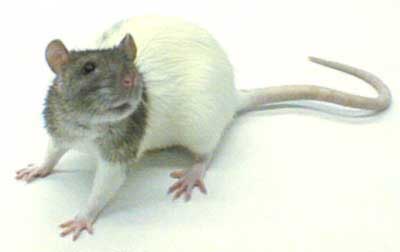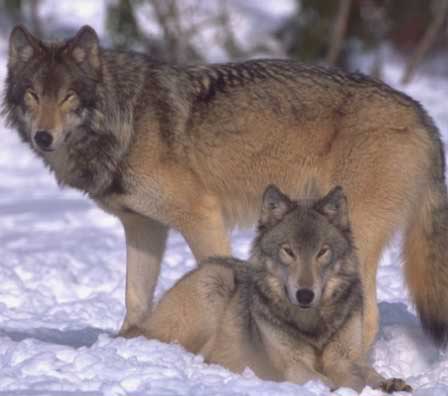 |
 |
All About Mammals |
||||||||||||||||||||||||||||||||||||||||||||||||||
|
While most mammals give birth to live young, there are a few mammals (the monotremes) that lay eggs. Live birth also occurs in a variety of non-mammalian species, such as guppies and hammerhead sharks; thus it is not a distinguishing characteristic of mammals. Although all mammals are endothermic, so are birds and so this is also not a main defining feature. Most mammals are terrestrial, but a number are aquatic, including sirenia (manatees and dugongs) and the cetaceans (dolphins and whales). Whales are the largest of all animals. There are semi-aquatic species such as seals which come to land to breed but spend the majority of the time in water. True flight has evolved only once in mammals, the bats; mammals such as flying squirrels and flying lemurs are actually gliding animals. No mammals have hair naturally blue or green in colour. Some cetaceans, along with the mandrills appear to have shades of blue skin. Many mammals are indicated as having blue hair or fur, but in all cases, it will be found to be a shade of grey. The two-toed sloth can seem to have green fur, however, this colour is caused by algae growths.
Mammals belong among the amniotes, and in particular to a group called the synapsids, distinguished by the shape of their skulls, in particular the presence of a single hole where jaw muscles attach, called temporal fenestra. In comparison, dinosaurs, birds, and most reptiles are diapsids, with two temporal fenestrae; and turtles, with no temporal fenestra, are anapsids. From synapsids came the first mammal precursors, therapsids, and more specifically the eucynodonts, 220 Ma (mega annum, million years ago) during the Triassic period.
Pre-mammalian ears began evolving in the late Permian to early Triassic to their current state, as three tiny bones (incus, malleus, and stapes) inside the skull; accompanied by the transformation of the lower jaw into a single bone. Other animals, including reptiles and pre-mammalian synapsids and therapsids, have several bones in the lower jaw, some of which are used for hearing; and a single ear-bone in the skull, the stapes. This transition is evidence of mammalian evolution from reptilian beginnings: from a single ear bone, and several lower jaw bones (for example the sailback pelycosaur, Dimetrodon) to progressively smaller "hearing jaw bones" (for example the cynodont, Probainognathus), and finally (possibly with Morganucodon, but definitely with Hadrocodium), true mammals with three ear bones in the skull and a single lower jaw bone. Hence pelycosaurs and cynodonts are sometimes called "mammal-like reptiles", though this is strictly incorrect since in modern parlance these two are not reptiles, but rather synapsids. During the Mesozoic Period mammals diversified into four main groups: multituberculates (Allotherium), monotremes, marsupials, and placentals. Multituberculates went extinct during the Oligocene, about 30 million years ago, but the three other mammal groups are all represented today. Most early mammals remained small and shrew-like throughout the Mesozoic, but rapidly developed into larger more diverse forms following the Cretaceous-Tertiary extinction event 65 mya. |
|||||||||||||||||||||||||||||||||||||||||||||||||
All text is available under the terms of the GNU Free Documentation License |



 The mammals are the class of vertebrate animals characterized by the presence of mammary glands, which in females produce milk for the nourishment of young; the presence of hair or fur; and which have endothermic or "warm-blooded" bodies. The brain regulates endothermic and circulatory systems, including a four-chambered heart. Mammals encompass some 5500 species, distributed in about 1200 genera, 152 families and up to 46 orders, though this varies depending on the classification scheme adopted. Phylogenetically, Mammalia is defined as all of the descendants of the last common ancestor of monotremes (e.g., echidnas and platypuses) and therian mammals (marsupials and placentals), including humans.
The mammals are the class of vertebrate animals characterized by the presence of mammary glands, which in females produce milk for the nourishment of young; the presence of hair or fur; and which have endothermic or "warm-blooded" bodies. The brain regulates endothermic and circulatory systems, including a four-chambered heart. Mammals encompass some 5500 species, distributed in about 1200 genera, 152 families and up to 46 orders, though this varies depending on the classification scheme adopted. Phylogenetically, Mammalia is defined as all of the descendants of the last common ancestor of monotremes (e.g., echidnas and platypuses) and therian mammals (marsupials and placentals), including humans.